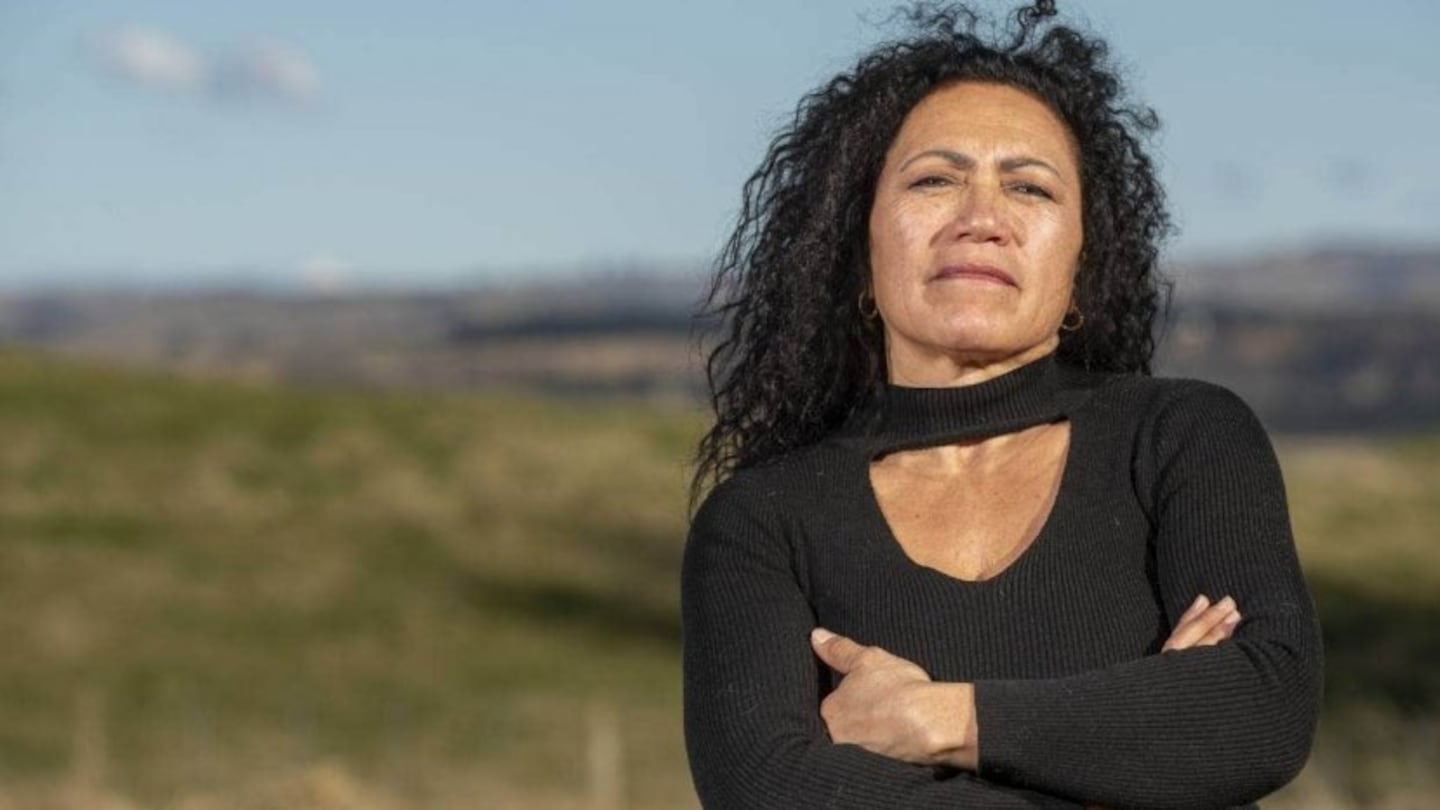Dr Charlotte Mildon is a tohunga romiromi who uses takutaku (the reciting of ancient chants), body work and rongoa (traditional medicines such as kawakawa balms). Photo: John Cowpland / Stuff
By Eugene Bingham, Stuff
Traditional healers fear echoes of a tool of colonisation, but the Government says it’s listening to concerns as a “messy” law-change makes its way through Parliament. Eugene Bingham reports.
Even before the floodwaters had receded, even before the roads around her Hawke’s Bay home were safe to drive on again, Dr Charlotte Mildon started getting calls for help.
“The marae down the road was asking me to come, and I said ‘as soon as I can, I will’,” says Mildon, recalling the immediate aftermath of Cyclone Gabrielle and the chaos it created in February.
As well as the homes, businesses and infrastructure that had been laid to waste, dozens of marae had been hit – buried in silt, precious taonga inundated with water, and even, for some, the painful horror of bones from urupa dug out by the sea.
“That is the kind of thing where you need the tohunga to clear that, and to work with the people who picked up the bones,” says Mildon (Ngāti Rongomaiwahine, Ngāti Porou, Ngāti Kahungunu and Ngāti Hinemanuhiri).
The need was great and so, as soon as she could, she hit the road.
Mildon is a traditional Māori healer, a tohunga romiromi who uses takutaku (the reciting of ancient chants), body work and rongoā (traditional medicines such as kawakawa balms).
“I’ll do takutaku, old chants that link people to nature, and then I might use kōhatu (stones) or rākau (wooden sticks) or my knuckles or elbows to open the body up.”
Along with eight other kairongoā (rongoā practitioners), she visited communities around the damaged region. At their first stop, Ōtane, word had got out and there were 20 kaumātua and kuia waiting for them to arrive.
They saw about 200 people over those few weeks, and Mildon knows she and her colleagues made a real difference to people in need.
Which is what worries her all the more when she thinks about a proposed law before Parliament; a bill she and many others believe is a threat to rongoā Māori.
“They want the right to search our homes, our treatment rooms, our marae – it breaches our human rights, and Te Tiriti (the Treaty of Waitangi),” says Mildon.
While the proposed law would cover products – such as traditional ointments or balms from traditional ingredients – rather than karakia or takutaku, she and others say that as it stands, the shadow of a dark time in colonial history looms: the Tohunga Suppression Act which outlawed traditional practices from 1907-1962.
The Therapeutic Products Bill, currently before the Health Select Committee, is intended to replace the Medicines Act and the Dietary Supplements Regulations to provide a modern set of rules for medicines, medical devices, natural health products and active pharmaceutical ingredients.
In 2021, when the proposal was under consideration by ministers, a Cabinet committee agreed there needed to be protection and recognition of rongoā Māori in the bill.
Advice provided by officials from Te Aka Whai Ora (Māori Health Authority), and Te Puni Kōkiri recommended rongoā should be excluded from the bill, and it should include a strong Te Tiriti provision.
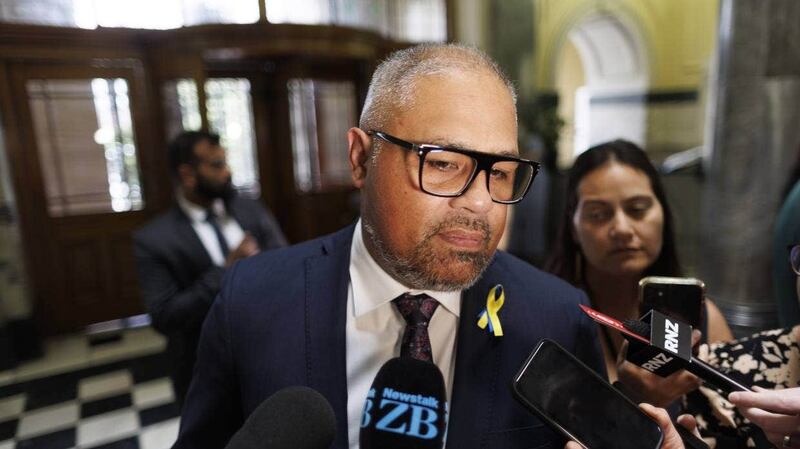
Associate Minister of Health (Māori), Peeni Henare, says work on how to deal with rongoā is ongoing. Robert Kitchin / Stuff
Yet when the bill was introduced to Parliament last year, there was not a word on rongoā. Instead, Associate Minister for Health (Māori) Peeni Henare announced a separate workstream, to “explore the interface of the [bill] and rongoā”, and report back to ministers.
“We recognise the importance of rongoā, and we have been carefully considering how to recognise and protect it,” Henare said.
But his words did nothing to assuage fears, and the bill has drawn a strong reaction, with a 12,000-signature petition against it, and more than 16,000 submissions, many opposing that it did not exclude rongoā.
Henare recently told Parliament the Government was listening and work was under way.
But with the bill still under active consideration by the select committee and the Government, there is no word on exactly what might happen – the message, however, is clearly: watch this space.
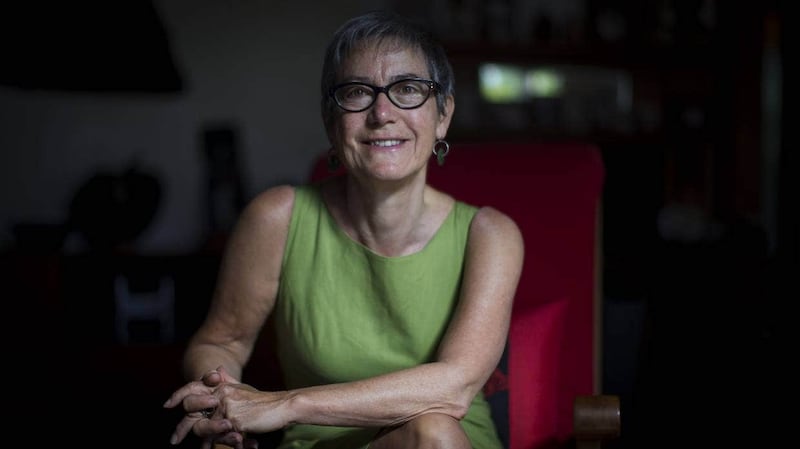
Jane Kelsey, emeritus professor of law at Auckland University, has made several submissions on the bill and come up with proposed changes. Lawrence Smith / Stuff
Several of those submissions to the committee came from Jane Kelsey, an emeritus professor of law at Auckland University who has given evidence to more select committee hearings than she can remember.
“This is the most weird piece of policy and law-making I’ve encountered for a long time,” she says.
“I think they know they are in a mess – what we don’t know is what is or what are the factors that made them decide [not to exclude rongoā].”
In an effort to find out, Kelsey went back through what she could find on the development of the bill, and re-read the Waitangi Tribunal’s work on the Wai 262 claim – a comprehensive review of laws and policies affecting Māori culture and identity which described rongoā as a taonga under Te Tiriti.
She put in Official Information Act requests – and while she got some answers, she drew many frustrating blanks and redactions.
“I just couldn’t work things out, and the redactions made that really hard to tell.”
She thinks there are two things possibly at play. One is political timidity about being seen to give preference or status to Māori.
“A second option is that there is something in [Free Trade Agreements] that means they can’t do that carve-out and the Treaty of Waitangi exception wouldn't help them.”
Have international obligations to trading partners got in the way? Unfortunately, when Kelsey asked for the advice about the bill to ministers from the Ministry of Foreign Affairs and Trade (MFAT) and the Ministry of Business, Innovation and Employment (MBIE), it was withheld.
“There’s just so much smoke and mirrors going on here which just fuels suspicion – has it come from the level of ministers themselves, has it come from the Ministry of Health, has it come from MBIE and MFAT? I frankly don’t know the answer, but they’ve screwed it up.”
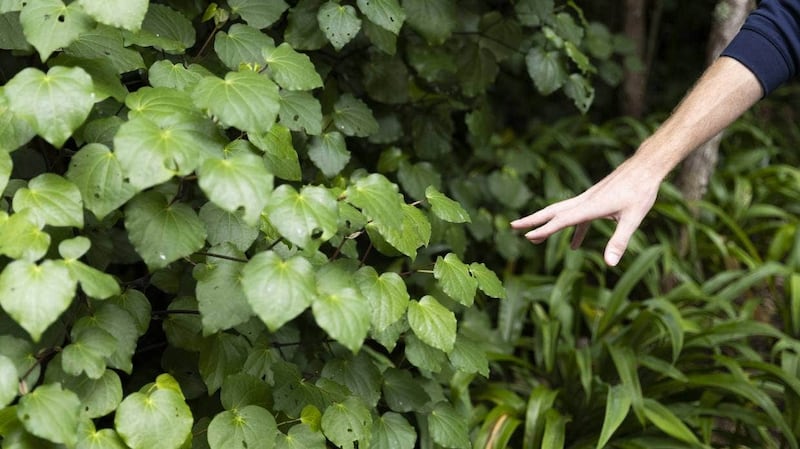
Kawakawa leaves are among traditional ingredients used by rongoā practitioners. Christel Yardley / Stuff
Suspicion, smoke and mirrors – at a time of misinformation and distrust in institutions, these are the last things we need, says George Riley, chief executive of Te Rūnanga o Te Rarawa.
Since the Covid pandemic, mistrust has spread through the Far North.
“We have large sectors of our community who are more cautious,” he says. “We support our people and so if that is how they think, we have to figure out ways to give them care.
“And one of the ways is to offer rongoā Māori inside western systems.”
At Kaitaia Hospital and at other health centres across the rohe, there are rongoā clinics alongside the mainstream services.
“What that allows us to do is to get people in the door and once they are feeling comfortable, they can then avail themselves of other services.”
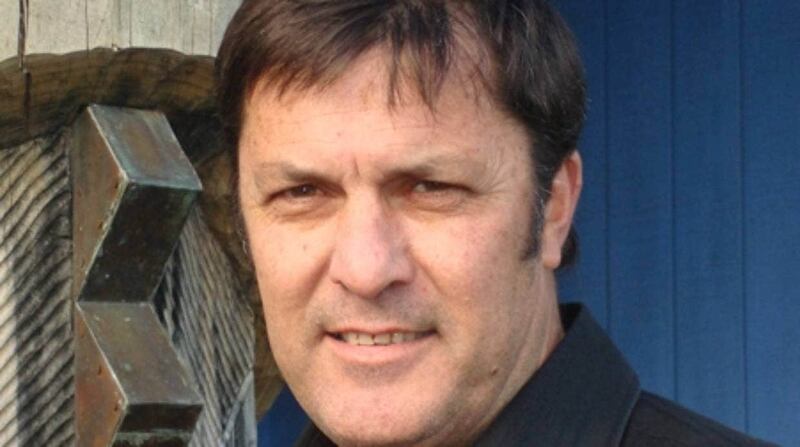
George Riley is chief executive of Te Rūnanga o Te Rarawa. Photo / Supplied
It is seen as a way of the two sciences for healing working together.
Rongoā Māori is very much part of mātauranga Māori – traditional knowledge and wisdom, says Riley. Treatments from the trees, seeds, ointments, massaging and karakia are taonga passed down from the ancestors.
And in Te Rarawa they are mindful, too, of the fight put up by their elders who were among those who championed the Wai 262 claim, in part to protect those very taonga.
Instead, under the bill, Te Rarawa fears pharmaceutical companies could take traditional ingredients, synthesise them and patent them.
“There was medical mātauranga prior to the arrival of Europeans,” says Riley. “We would like to be able to continue with our traditional methods and practices, but also remain under the care and protection of the Crown.”
In other words, a partnership – as those who signed Te Tiriti in 1840 believed would happen.
Riley says of course there should be protection “from shysters”, but fears the regime as set out in the bill will inhibit kairongoā.
Under the proposed law, a regulator would oversee the whole industry. That person would be an “independent registrar” employed by the Ministry of Health.
In its submission, Te Rarawa said it feared there would be no understanding of Māori custom and practice.
“Regulatory authorities that audit and approve mātauranga-based approaches on behalf of the Crown often display little or no regard for Te Tiriti,” says the submission. “These disconnected bureaucrats should not be able to decide who can and cannot produce, practice, cultivate or manufacture traditional medicines.”
It’s not just Māori organisations who do not agree with rongoā being overseen by a ministry regulator; in its submission, the Royal NZ College of General Practitioners, for instance, spoke out against the inclusion of rongoā.
“We consider the approach undermines and ignores the depth and breadth of rongoā and its kaupapa,” says the college’s submission. “To protect rongoā from the lessons of the past, Māori experts must define the next steps in their role as kaitiakitanga, to protect and uphold the kaupapa of the taonga.”
Is there a way to fix things, to clean up this so-called mess, as described by Jane Kelsey?
Maybe. At the end of Kelsey’s five-minute presentation to the select committee – she still can’t believe people were only allowed five minutes to speak on such an important issue – chairperson Tracey McLellan asked Kelsey to provide a further submission, suggesting draft provisions which would address the concerns.
She came back with three, including to explicitly exclude rongoā from the bill, and to strengthen up the requirement for compliance with Te Tiriti, specifically to protect Māori rights, interests and innovations.
And to oversee those things, she proposed the establishment of a new Māori entity: “an institutional mechanism … to ensure a Tiriti-consistent application of the regime”.
Kelsey says what such an entity would look like and who it would consist of is not for her as a Pākehā academic to decide.
“Rangatiratanga sits with Māori in relation to rongoā, there is no question about that,” she says.
She points to what the Waitangi Tribunal had to say in one of its Wai 262 reports.
“The conceptualisation of the Māori or Treaty interest as an interest to be consulted upon by a largely or exclusively non-Māori officialdom belongs to another generation,” says the tribunal’s 2006 interim report. “In the 21st Century, Māori and government are increasingly comfortable with the expression of rangatiratanga through shared Māori-Crown decision-making.
“The harmonisation of Crown and Māori objectives in respect of the regulation of therapeutic products must lead us inevitably to a similar paradigm.”
Whether that level of comfort – from the Government side, at least – still exists in the aftermath of the co-governance debates of recent times remains to be seen.
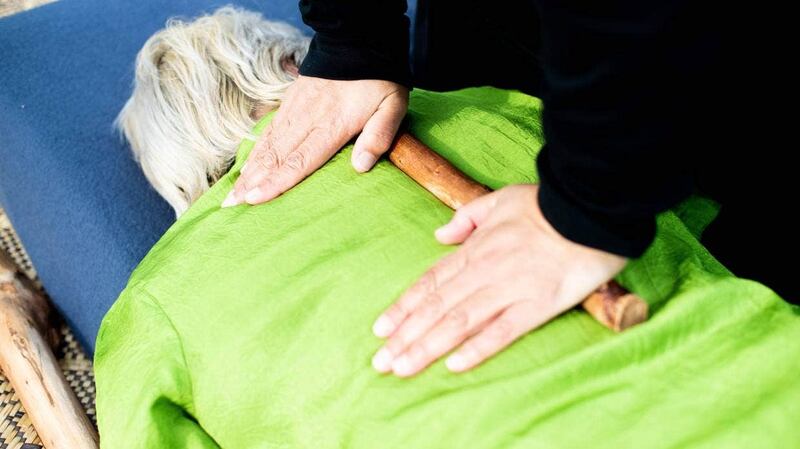
The use of rākau during body work is one technique of traditional Māori healing practices. Photo / Supplied
One thing that is clear, though, is that tohunga and rongoā practitioners around the country are determined to resist being swept into a regime designed in part to regulate products people might walk into a health store to find.
“For them, you just go into a health shop, and they make a medicine for you – for us, it’s our whakapapa,” says Charlotte Mildon, who is an ACC Rongoā Māori vendor, and whose PhD thesis at Massey University was on romiromi (holistic massage).
“It’s a part of us, it’s not outside of us,” says Mildon. “My job is to ignite that within them [her clients], to remind them where they come from. We hug those trees because we whakapapa to them – this is rongoā Māori … it’s a way of living, not just a medicine we take when we get sick.”

